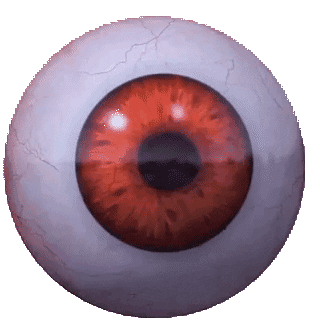
A Look at the Auditory System:
The auditory system processes and interpret the everyday sounds we come across in our lives. There are two main parts of the auditory system, the peripheral structures and the central nervous system. These two work together to capture, amplify, and process sound.
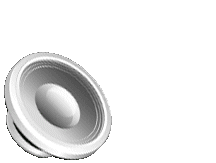 The peripheral structures contain the outer ear, the middle ear, and the inner ear. The outer ear is comprised of the auricle/pinna and the ear canal. The auricle captures the sound and funnels it to the ear canal. The ear canal then directs this signal to the middle ear. The middle ear consists of the sound-sensitive eardrum, which vibrates when struck by the sound waves, and the ossicular chain which amplifies sound signals as they move from the eardrum to the inner ear. The inner ear includes the vestibule and semicircular canals, that help maintain balance, as well as the cochlea, with tiny hairs that facilitate hearing (Humes & Bess, 2014).
The peripheral structures contain the outer ear, the middle ear, and the inner ear. The outer ear is comprised of the auricle/pinna and the ear canal. The auricle captures the sound and funnels it to the ear canal. The ear canal then directs this signal to the middle ear. The middle ear consists of the sound-sensitive eardrum, which vibrates when struck by the sound waves, and the ossicular chain which amplifies sound signals as they move from the eardrum to the inner ear. The inner ear includes the vestibule and semicircular canals, that help maintain balance, as well as the cochlea, with tiny hairs that facilitate hearing (Humes & Bess, 2014).
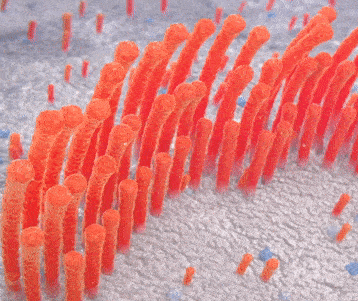
The hair cells translate physical sound waves into electrical waves and transmit them to the auditory nerve in the brain. The auditory nervous system enables sound transmission via a large number of nuclei along the auditory pathway (Peterson & Hamel, 2021). The brain then interprets the electric singnals as language, music, and the regular noises we encounter daily.
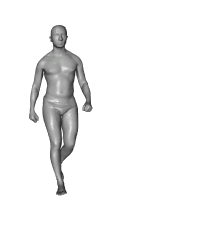
Physiology:
So how does this all work? In short, the pinna collects the sounds around us and funnels them into our ear canals, towards the eardrum. When the sounds makes its way all the way down to the eardrum, it moves back and forth. This motion initiates the vibration of the three ossicles, or tiny bones, the malleus, incus, and the stapes (Peterson & Hamel, 2021). These ossicles amplify the sound waves as it transmits them to the oval window.
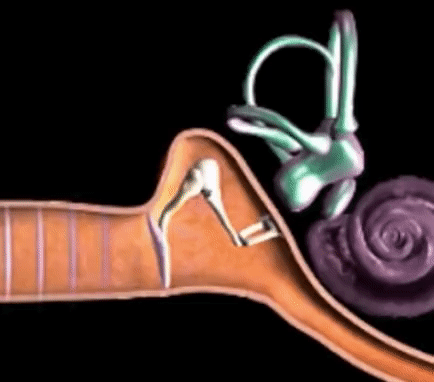 The stapes then hits the oval window and trasmits waves through basilar membrane, which make their way to the organ of Corti. The hair cells in the of Corti detect the pitch of the pressure waves and convert them to electrical signals (Ervin, 2013). It then transmits the electrical impulses to the auditory nerve and eventually to our brains for interpretation.
The stapes then hits the oval window and trasmits waves through basilar membrane, which make their way to the organ of Corti. The hair cells in the of Corti detect the pitch of the pressure waves and convert them to electrical signals (Ervin, 2013). It then transmits the electrical impulses to the auditory nerve and eventually to our brains for interpretation.
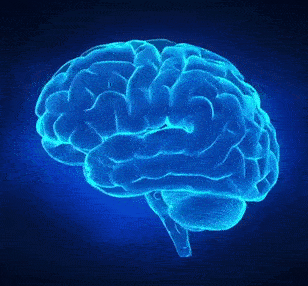
Sources for this Project:
Ervin, S. E. (2013). Assessment tools: Introduction to the Anatomy and Physiology of the Auditory System. Workplace Integra. https://www.workplaceintegra.com/hearing-articles/Ear-anatomy.html
Humes, L. E., & Bess, F. H. (2014). Structure and Function of the Auditory System. In Audiology and communication disorders: An overview. Wolters Kluwer Lippincott Williams & Wilkins.
Luo, L.E. (2019). Acute Otitis Media: Causes, Symptoms, and Diagnosis. Healthline. https://www.healthline.com/health/ear-infection-acute#TOC_TITLE_HDR_1
National Institute on Deafness and Other Communication. (2016). Age-related hearing loss (presbycusis) - causes and treatment. National Institute of Deafness and Other Communication Disorders. https://www.nidcd.nih.gov/health/age-related-hearing-loss.
Medina-Blasini, Y., & Sharman, T. (2020). Otitis Externa. StatPearls. https://www.ncbi.nlm.nih.gov/books/NBK556055/
Peterson, D. C., & Hamel, R. N. (2018). Neuroanatomy, auditory pathway. StatPearls, https://www.ncbi.nlm.nih.gov/books/NBK532311/